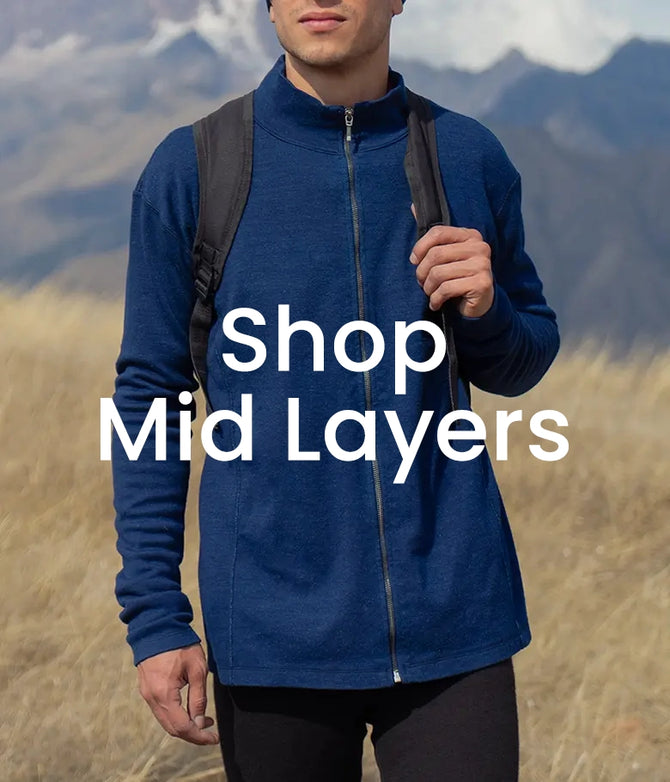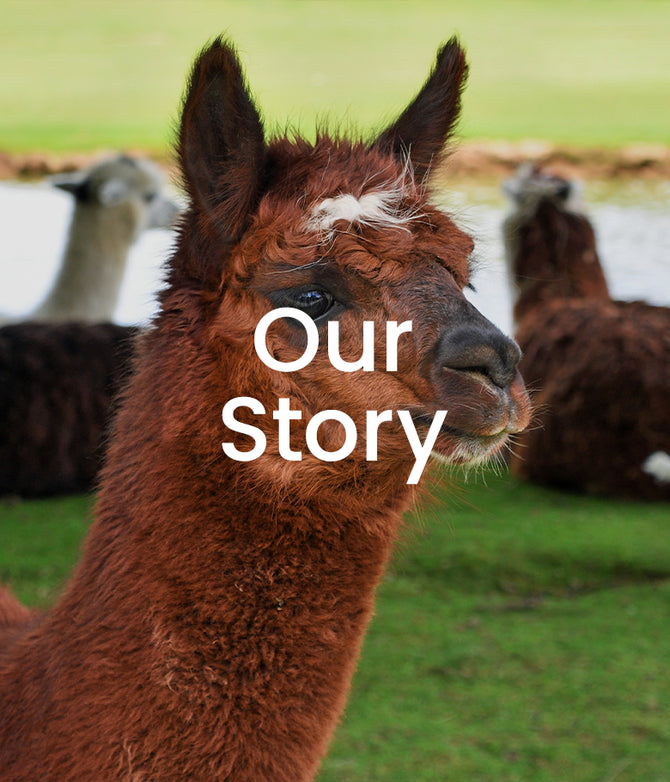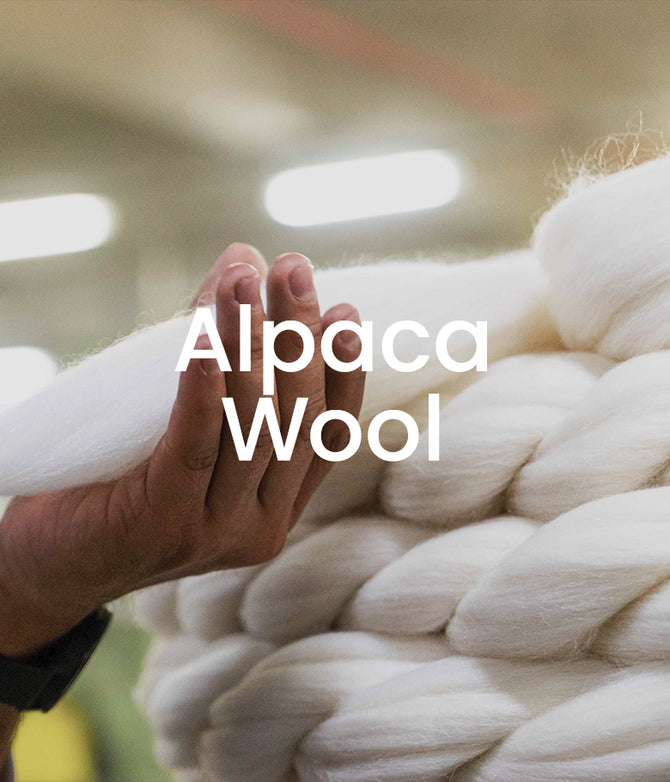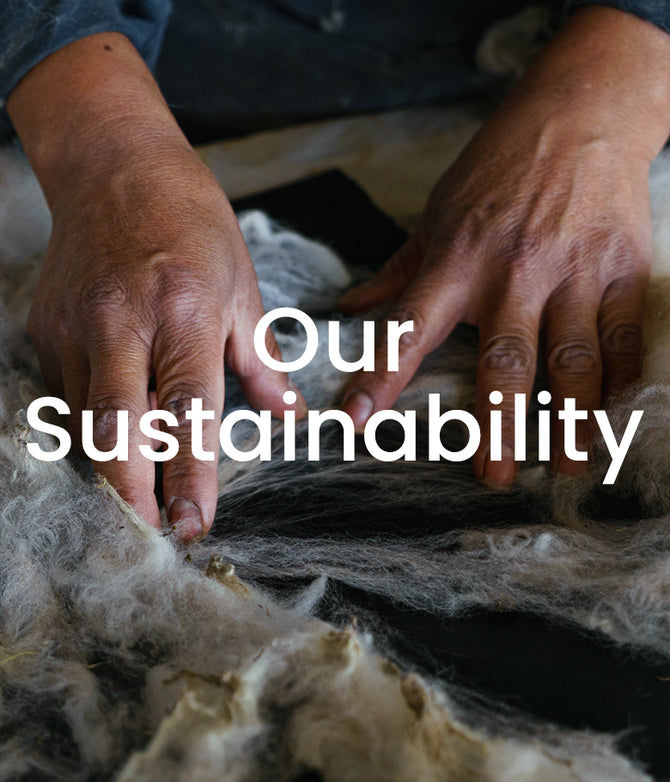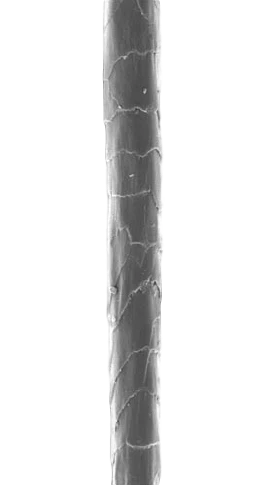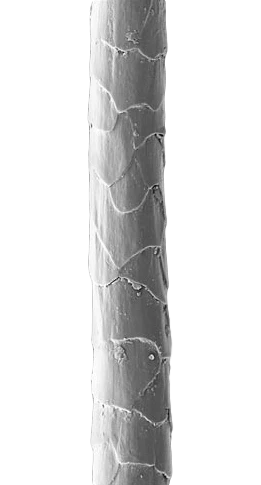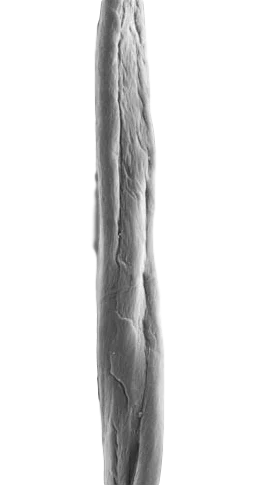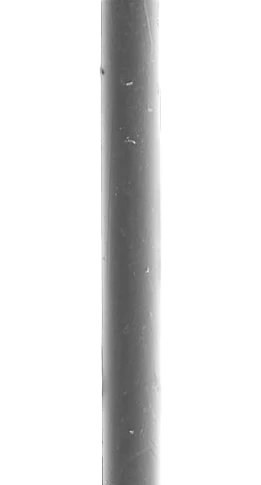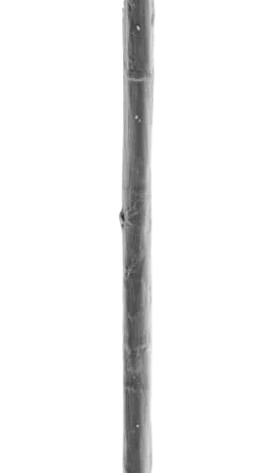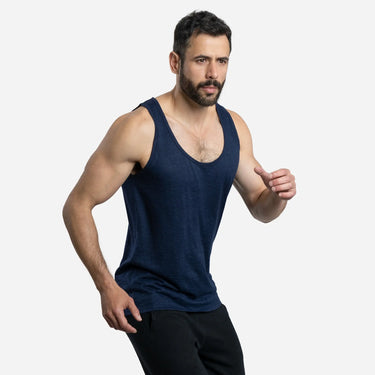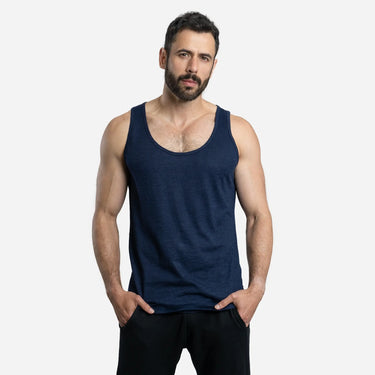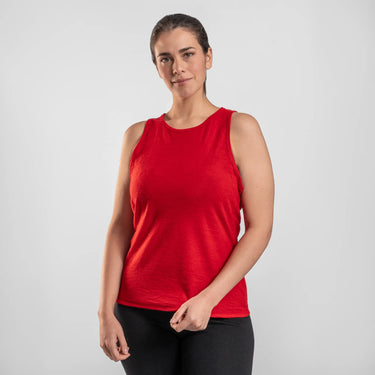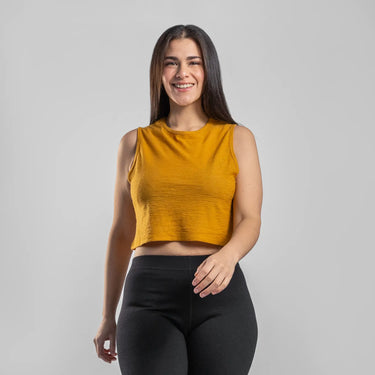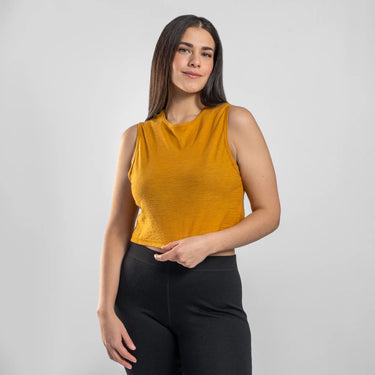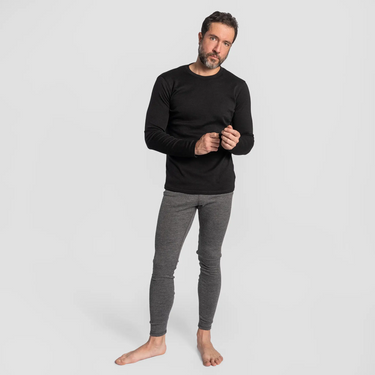The Ultimate Natural Fiber
Alpaca wool combines the benefits of merino and cashmere. It's highly functional, warm, and durable, which is why it's used in luxurious clothing, as well as outdoor clothing. The amazing benefits of alpaca are derived from their millennia-long breeding in the high altitudes of the Andes Mountains. This environment called for a fiber that could handle drastic temperature shifts from sub-zero at night to high solar radiation during the day.

Experience Alpaca Wool
THERMO-REGULATION
Any feeling of wetness from your clothes will lower your body temperature, especially in cold weather. When it gets too hot, the moisture-wicking fibers help take the sweat off. Alpaca fibers are UV-protective, protecting you from the sun's rays.
MOISTURE-WICKING
Alpaca fibers wick and push away moisture keeping your body dry and warm. Alpaca wool absorbs the least amount of moisture compared to other wools. This important benefit prevents chafing against the skin, blisters, and colds.
LIGHT WEIGHT
Semi-hollow fibers feel lightweight while keeping their thermo benefits so you are prepared for any season. And thanks to its anti-bacterial properties, your gear can be reused several times without needing to be washed.
SWEAT RESISTANCE
Anti-bacterial fibers and moisture wicking fibers absorb less sweat and bacteria, keeping your body clean and hygienic. This means less washing and less stink during your travels.
DURABILITY
With high tensile strength, alpaca wool gear is durable enough to withstand all the adventures you take on.
BREATHABILITY
Alpaca fibers are naturally breathable and lightweight allowing fresh air to circulate so you don't feel stuffy. With smoother and flatter scales than merino wool, Alpaca fibers feel incredibly soft. They provide the best comfort even during the most extreme adventures.
The Science Of Alpaca Fiber
After thousands of years: Alpacas evolved in the Andes mountains up to 15,750 feet (4,800 meters) high where the temperatures varied drastically. During the day the sun would beat them down and overnight it would be ice cold. Alpaca wool was developed to protect alpacas against the extremes.

*Image credit: The WoolMark Company
Alpaca fibers have “semi-hollow” cores, while merino relies only on the crimp of the fibers to trap warm air. This difference also means merino wool is heavier than alpaca wool. Let's explain this. Wool fibers work so well as insulators as they are not straight, but instead have a slight wave (known technically as the “crimp”), along their length. The waviness of the fibers traps tiny pockets of air between the fibers in a weave; these air pockets are heated by your body and stay warm. has a different internal structure and external texture which affects the quality and properties of the fiber.
The internal structure (core) of wool also has an impact on warmth. In most wool fibers, the filaments are packed together, making them appear to have a solid cross-section under the microscope. Fibers that have less dense areas running down the center, can be considered “semi-hollow”, not only trap air in between them, but the “hollow” areas heat up too!
Alpaca Vs. Other Fibers
Each fiber has a different internal structure and external texture which affects the quality and properties of the fiber.
Alpaca wool and Merino wool are protein (keratin) fibers, as opposed to cotton and rayon (viscose), which are cellulose fibers. This protein base is the base of endless fibrils and cells that give wool its benefits. Find out below how alpaca wool outperforms other fibers with its technical benefits.
| Alpaca Wool | Merino Wool | Cotton | Recycled Polyester | Rayon | |
|---|---|---|---|---|---|
| Type of Fiber | Protein | Protein | Cellulose | Plastic | Cellulose |
| Moisture Wicking | Highest | High | None | Varies | Low |
| Quick Drying | Highest (Natural) | High | None | Highest (Man-made) | High |
| Thermo-Regulation | Highest | High | Low | Low | Low |
| Comfort | Smoothest Scales | Prickled | Soft | Rubbery | Silky |
| Hygiene | Anti-bacterial | Anti-bacterial | Contains bacteria | Contains bacteria | Contains bacteria |
| Microns (Avg.) | 18 | 18 | 5 | 10 | Varies |
| Blistering/chafing when sweating | Low | Medium | High | High | High |





